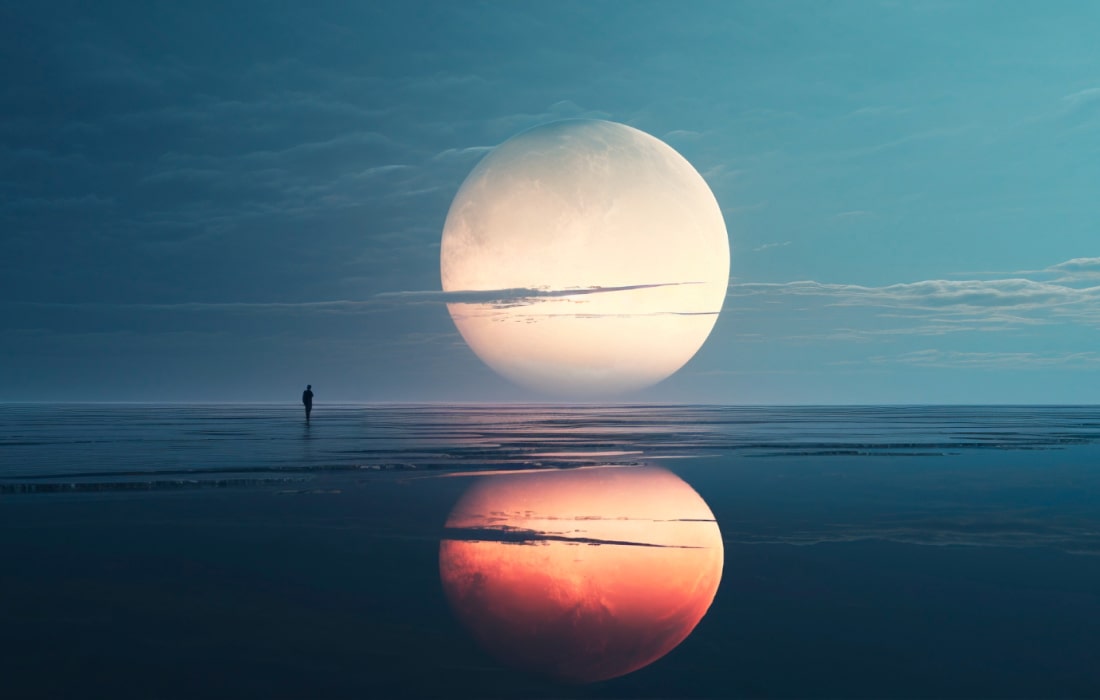Sky-watchers across the UK are in for a treat this Sunday evening as a total lunar eclipse turns the full Moon a dramatic shade of red a spectacle often called a “Blood Moon.”
As the Moon slips into Earth’s shadow, it will glow a deep crimson, creating one of nature’s most breathtaking shows.
When and where can you see it?
The full eclipse begins at 6:30 p.m. and ends at 7:52 p.m. but visibility in the UK depends on when the Moon rises where you live.
- Best views: Eastern spots like Norwich, where the Moon rises at 7:25 p.m., will enjoy the longest show.
- Short glimpses: Western areas, including Cornwall and west Wales, may only catch a minute or two.
- Partial view: Northern Ireland and western Scotland won’t see the full eclipse but may still spot the Moon dimmed by Earth’s shadow.
Across the world, sky-watchers in eastern Africa, the Middle East, most of Asia, and western Australia will see the entire event from start to finish.
Why does the Moon turn red?
A lunar eclipse happens when Earth moves directly between the Sun and the Moon, blocking sunlight. Instead of going dark, the Moon often turns red thanks to Earth’s atmosphere bending light around the planet.
Dr. Edward Bloomer of the Royal Observatory Greenwich explained:
“This is not a special effect it’s the solar system in action, right in front of you.”
The reddish glow, known as Rayleigh scattering, is the same effect that makes sunsets fiery red and the daytime sky blue. During the eclipse, it’s as if every sunrise and sunset on Earth is reflected onto the Moon.
Sunday’s eclipse timeline:
- 4:28 p.m. – Penumbral eclipse begins (subtle dimming)
- 6:30 p.m. – 7:52 p.m. – Total eclipse (Blood Moon)
- 7:11 p.m. – Maximum eclipse
- 9:55 p.m. – Eclipse ends
The last total lunar eclipse visible in the UK happened in 2022. The next one won’t arrive until August 28, 2026.
Best way to watch
Find a clear view of the horizon a hill or open area is perfect. Binoculars or a telescope will enhance the view, but they’re not necessary. Unlike solar eclipses, lunar eclipses are safe to watch with the naked eye.
Check the weather before heading out. While forecasts earlier in the week looked grim, skies are now expected to clear for much of the UK by evening. Some showers may linger in the northwest, so keep an eye on local updates.
Bottom line
If you’ve never seen a “Blood Moon,” this is your chance. Step outside Sunday evening, look to the horizon, and witness one of the universe’s most hauntingly beautiful sights.






